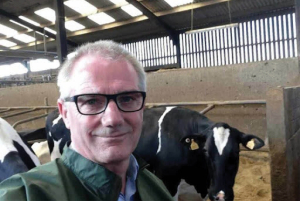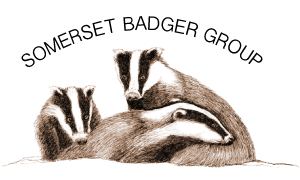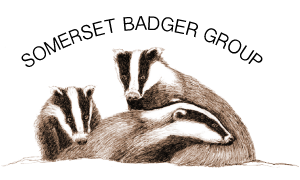Detail shared using Creative Commons Attribution Non-Commercial License. Please do not share on your own platforms without ensuring that you too comply with the licensing conditions.
https://bvajournals.onlinelibrary.wiley.com/hub/journal/20526113/oa-copyright
Uncertainty in bovine tuberculosis transmission routes – Dr Dick Sibley, Veterinary
Surgeon BVSc HonFRCVS
 In a letter published in the Vet Record*1, Veterinary Surgeon Dr Dick Sibley who last year was awarded the British Veterinary Association’s most prestigious advancement of veterinary scientific awards (the Dalrymple-Champneys Cup and Medal) *2 , has called into question some of the assumptions made regarding the transmission routes of bovine tuberculosis (bTB).
In a letter published in the Vet Record*1, Veterinary Surgeon Dr Dick Sibley who last year was awarded the British Veterinary Association’s most prestigious advancement of veterinary scientific awards (the Dalrymple-Champneys Cup and Medal) *2 , has called into question some of the assumptions made regarding the transmission routes of bovine tuberculosis (bTB).
He was particularly concerned about the lack of scientific evidence to back up some of the advice on the prevention and control of bTB.
Dr Dick Sibley has been working with a large dairy farm in Devon for many years to try to eradicate bTB. The large dairy herd was endemically infected despite never grazing outside.
He created a risk assessment approach to controlling bTB on the farm, collaborating with Warwick University using PCR testing and using for example, the latest actiphage tests to find unidentified reactors within the herd. Badgers on the farm were also vaccinated.
He states in his letter ‘The epidemiology that we now see in the field does not fit well with the established maxim that the predominant route of bTB transmission is respiratory. It appears that a reservoir of infection has become established in endemically infected herds, predominately large dairies, where infection survives undetected by the current statutory testing programme, and where infection spreads within the herd, probably by both respiratory and oral transmission.
He went on to say ‘Our own unpublished survey data of over 2500 dairy herds shows that more than five per cent of them import slurry from other farms and spread it on grazing pastures. Some basic research is required to prove these transmission pathways, but the current limited research funding is mostly directed at the development and use of cattle BCG vaccine, which is still many years away.
Regarding the involvement of badgers, he states ‘The involvement of badgers in this transmission is still unproven. What is known from publicly available Defra figures *3 is that in the three counties which contribute over one-third of all bTB incidents in England, and where badger removal operations have been the most intense for the last five years, the number of herds that had lost their official TB free status in the year to June 2023, actually increased from the previous year. The effect of the mass killing of hundreds of thousands of badgers has been disappointing, to say the least.’
As part of Dick Sibley’s strategy to control bTB on the Devon farm, badgers have been vaccinated and Somerset and Devon Badger Groups’ vaccination team have been privileged to support this programme by vaccinating badgers on the farm for the last three years.
1 Veterinary Record, Volume 193, Issue 11, p.454-455
2 British Veterinary Association, Prestigious BVA Awards, 29.09.23: https://www.bva.co.uk/news-and-
blog/news-article/prestigious-bva-awards-recognise-outstanding-veterinary-professionals/
3 Defra. Tuberculosis (TB) in cattle in Great Britain. 2023. https://bit.ly/49FvgfI (accessed 22 November




